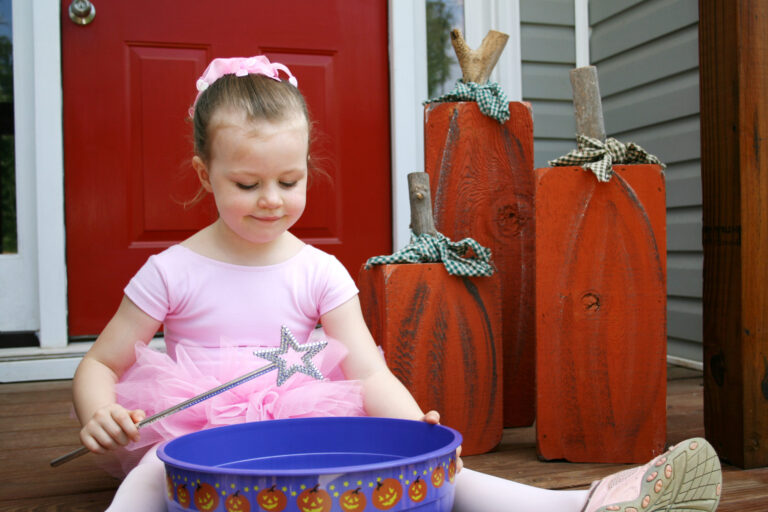
If you are like your students, you get in at least a few stretches before class. Perhaps you prop your foot on the barre and stretch out over your leg. You may even try the splits. The typical pre-class warm-up has changed little over the years, but our attempts to achieve length before the first plié may be missing the point.
The exercises mentioned above are static, or passive, stretches and, according to Deborah Vogel, should be saved for after class, when you’re finished dancing. “If you hold a stretch like that for 60 seconds or a little more, you will achieve longer length in the muscle, so it is increasing flexibility,” says Vogel, co-founder of the Center for Dance Medicine and lecturer in dance at Oberlin College. “But it’s also inhibiting the muscle’s ability to fire.” In other words, by focusing solely on length with no strength, you leave muscles loose and languid, with their strength temporarily decreased. Overstretching is a real concern, as well. Vogel warns that pushing too far in a passive stretch, especially for young dancers, can damage the structure of a joint and line the dancer up for serious injury down the road.
On the other hand, dynamic, or active, stretching lengthens some muscles while strongly engaging others. This helps prepare the whole body for movement, making it a great choice for before class. Vogel says the approach emphasizes control in the stretches, instead of how far you push yourself. It requires the dancer to move slowly through her range of motion rather than bouncing or physically pushing her body into place. This also reduces the risk of overstretching.
Beyond safety considerations, dynamic stretches can also effectively pinpoint and release tight muscles better than static stretches. If you just sit in a stretch, you may be missing the real hurdle to your greatest flexibility. “In dynamic stretching, you’re stretching the whole length of a muscle group, not just one muscle,” Vogel says. “Oftentimes, there’s some place besides the muscle you’re working on that might be limiting your flexibility.”





